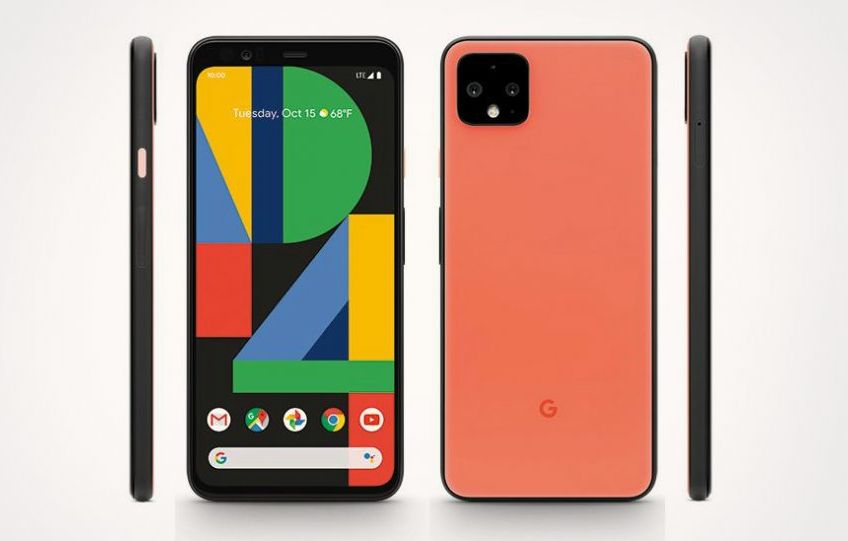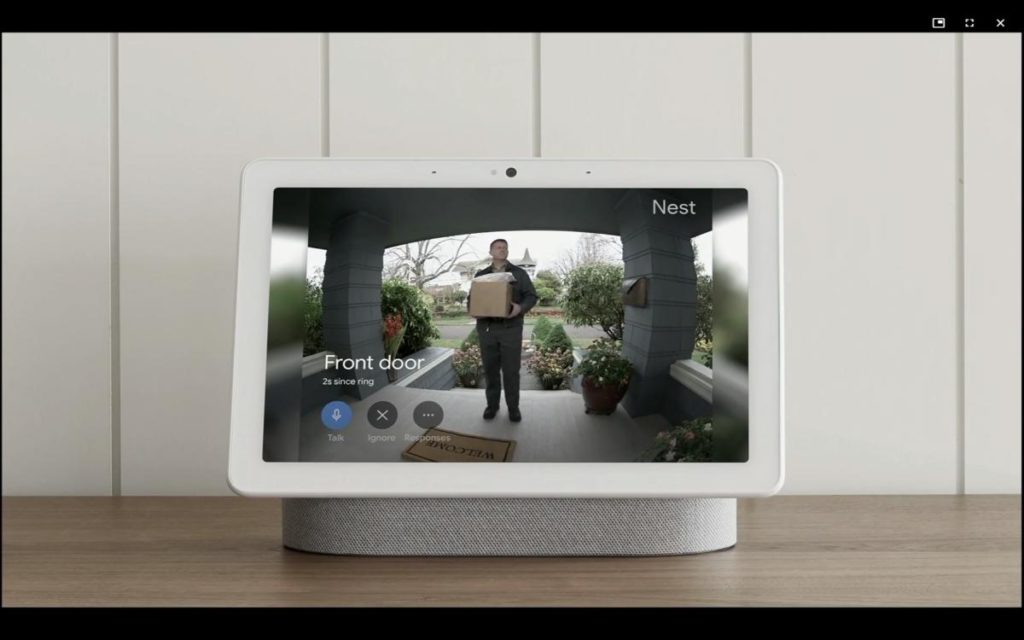Zoom Branching into Google Nest, Facebook Portal Displays and Amazon Echo
The ongoing COVID-19 pandemic has given rise to the massive exodus to remote working in our history. Due to the travel bans and lockdowns, a good portion of the world’s white-collar workforce is now working from home. As a result, internet services, remote working services, and video calling applications have been witnessing exponential rises in user strength. That is why, in the last few months, several companies have branched into or improved their video-calling and remote-working enabling technologies. Zoom has been a significant player in the field of remote communication, and they are now working towards expanding their current line-up. Here’s a look at how Zoom will be improving accessibility by making their service compatible with new devices.
Zoom’s Expansion
Zoom has released plans that will see it expanding to several new devices before the end of this year. Recent announcements state that the company will be making its services available through Facebook Portal, Amazon Echo, and even Google Nest Hub Max. The move is a significant expansion plan for the video conferencing conglomerate that has been having a successful year so far. Furthermore, the company also has plans to branch out into their unique line of video conferencing hardware solutions. These devices which will feature advanced directional microphones, smart displays, and built-in high-quality touchscreens, will provide users with a great video conferencing experience.
Zoom Entering Hardware Space
Zoom’s announcement that it will launch a new touchscreen device shocked several experts around the world. The device, titled Zoom For Home — DTEN ME, will start shipping in August and will cost $599. This 27-inch smart display touchscreen device will feature three webcams and eight built-in state-of-the-art noise-reducing microphones. The device also comes preloaded with the Zoom app, and the company is launching this project in collaboration with DTEN. DTEN will handle the hardware part of the device, being a San Jose-headquartered company that deals in videoconferencing technology manufacturing.
The device has a simple and intuitive interface, featuring contact displays, meeting dashboards, and whiteboards. Though experts feel that $599 might be steep for such a device, the company explained that the system made it easier for people to work remotely. They will no longer have to install the app or configure it on their various devices if they use the DTEN.
Integration with Big Players
Zoom’s integration with Amazon, Facebook, and Google will prove to be an important strategic decision for the future. It will also bring forth massive changes for these tech giants. Prior to this, these companies have exclusively stuck to their own unique in-house chatting services. While Google relied on Google Meet, Facebook users made use of Facebook Messenger for video conferencing. Reports state that the Portal will be the first third-party service to avail of Zoom, and the initial roll-out phase will happen in September.
Facebook Takes the Lead
However, all three companies will be implementing this integration in different ways. Facebook will add the Zoom App, along with a bunch of new services, including Webex, BlueJeans, and GoToMeeting. Furthermore, the application will use the smart camera provided and powered by Facebook to keep users in the frame, the same way Messenger and Whatsapp work. Zoom will be available on the Portal +, Portal Mini, and Portal devices, with Portal TV coming into the fold shortly.
Also, the social media giant will make Portal less reliant on Facebook accounts. The addition of a Workplace account for the Portal will help users log in without having to use their Facebook or Whatsapp accounts. Facebook states that the inclusion of such a Work account will become available in the weeks to come.
Google and Amazon to Follow
Meanwhile, Google will rely on Calendar and Assistant to pull and add Zoom meetings for its users. Furthermore, the tech giant will also allow users to start sessions using voice commands through its Assist feature. However, since the Nest Hub can link only to a single account, users may find it challenging to juggle meetings and personal video calls through Zoom.
Amazon will be taking a similar approach with Alexa, allowing Echo Show systems to sync with the calendar and Virtual Assistant. Doing so will enable the system to automatically join meetings without users having to input IDs and passwords. The system will also support all Alexa voice commands, with the rollout beginning later this year with the Echo Show 8.
It will be interesting to see how this cross-over pans out for everyone involved. With the roll-out becoming functional from September, we might be able to see this move impact sale of Zoom’s hardware devices. As per Zoom CPO Oded Gal, this move will make it easier than ever before for people to use video communication effectively in both their professional and personal lives.

Being a cinephile with a love for all things outdoorsy, Athulya never misses a chance to chase inspiring stories or poke fun at things, even when the subject is herself. Currently pursuing a degree in mechanical engineering, she is someone innately interested in technical and scientific research. Music reviews and op-eds define her as they allow her to explore different perspectives. Though sometimes she thinks she makes more sense playing the guitar than she does while writing.



